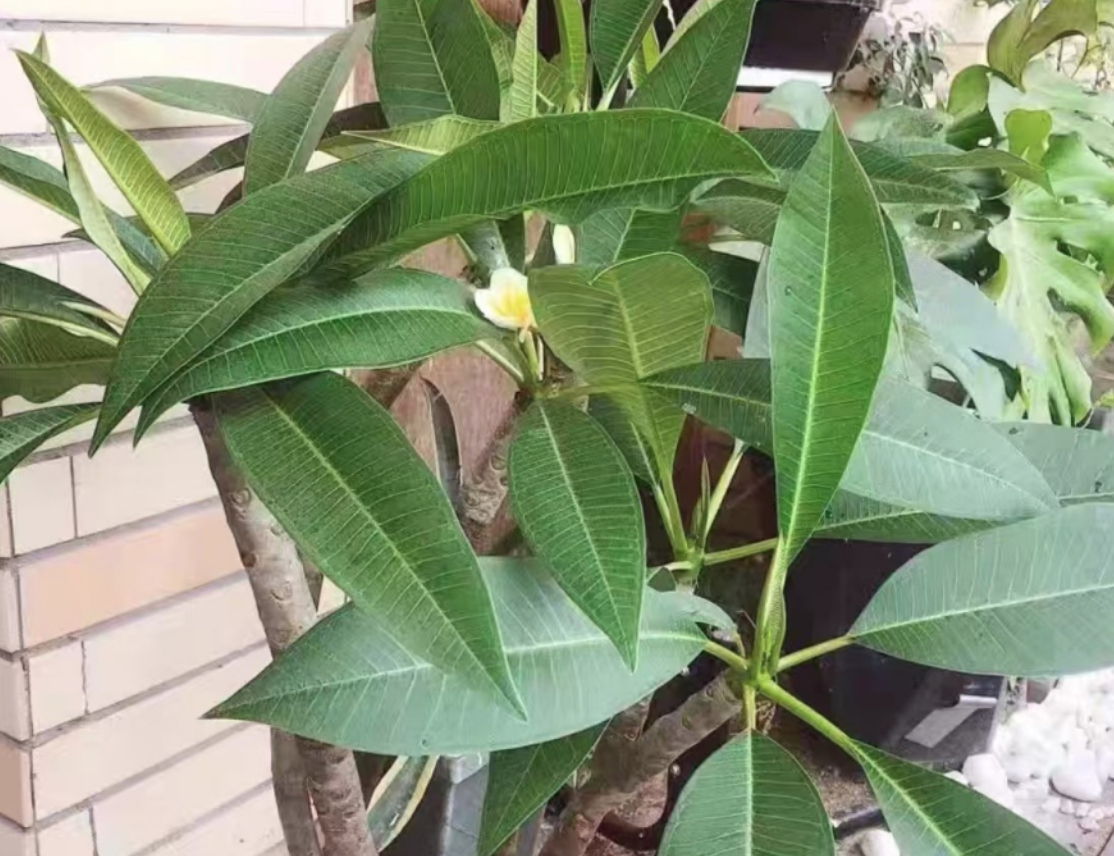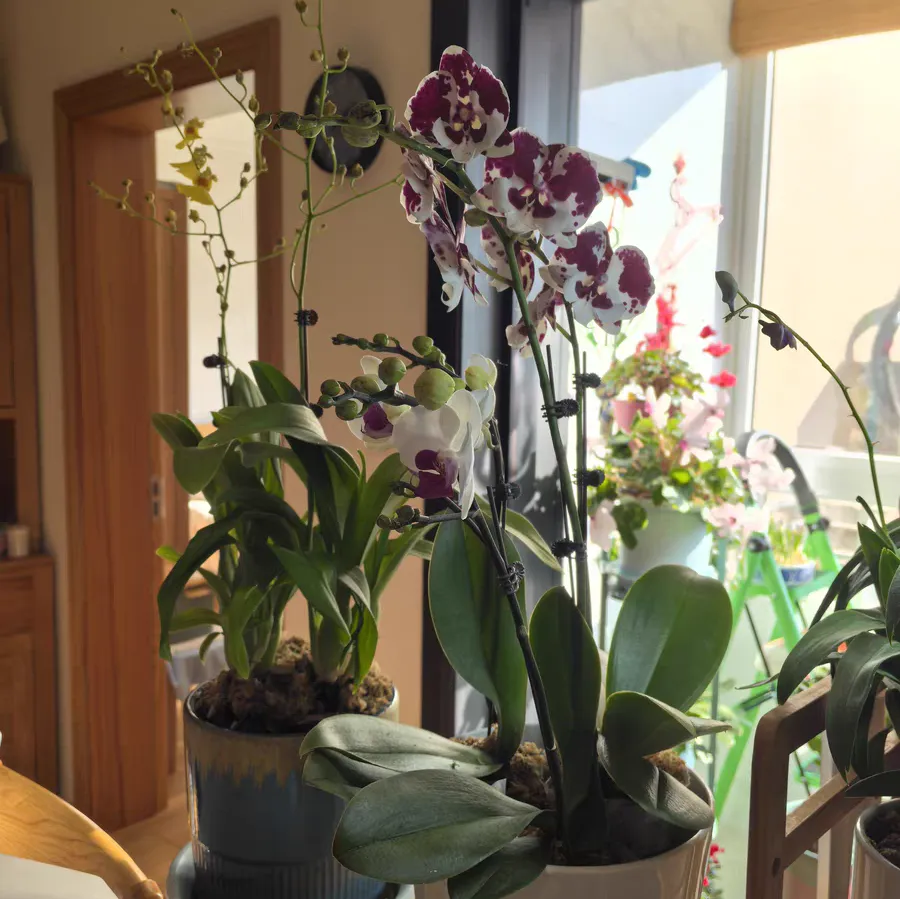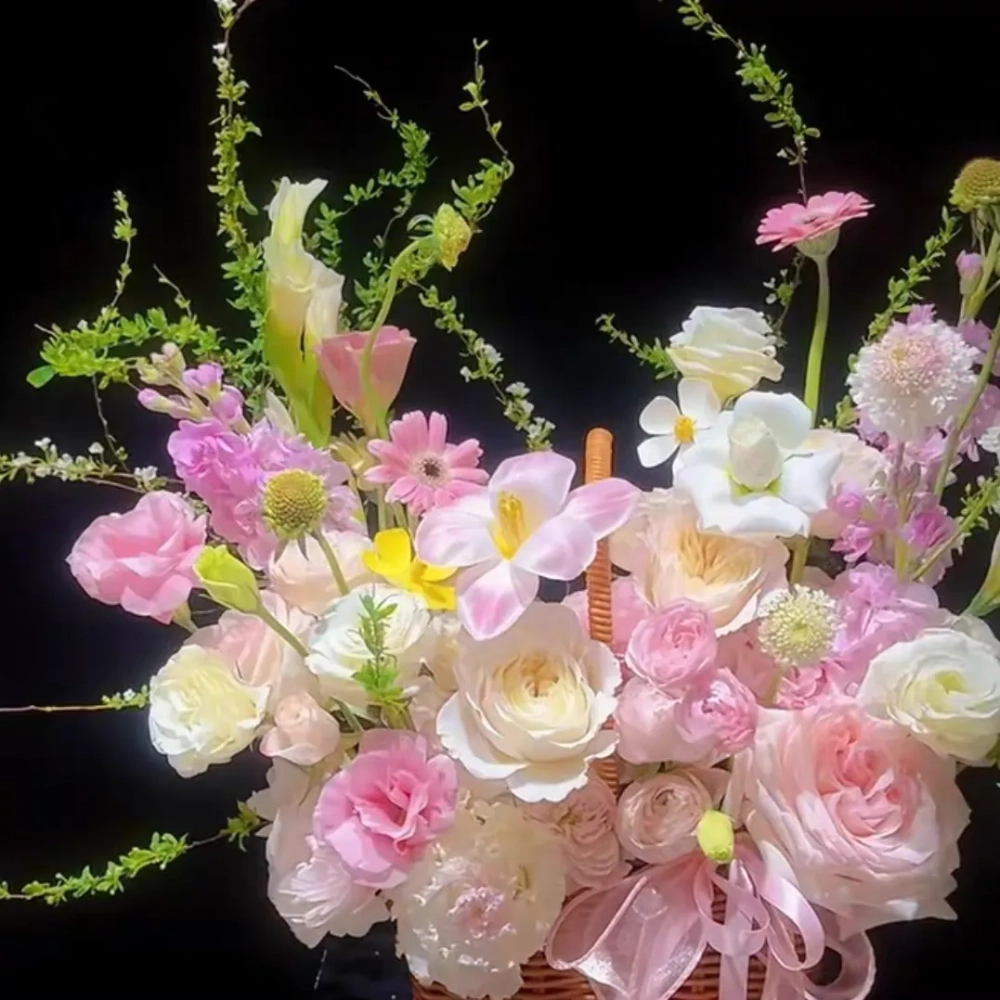Buddhism is one of the world's three major religions and has a history of more than two thousand years in China. The teachings of Buddhism have always been deeply rooted in the hearts of most Chinese people. Among them, the frangipani, one of the "Five Sacred Trees and Six Sacred Flowers" in Buddhism, is especially loved and cultivated by many people. Its flower language represents hope and new life. Having several pots of frangipani at home is elegant with a delicate fragrance, which is beneficial to both people's body and mind!
The frangipani is native to the Americas and has now been introduced and cultivated in China. In appearance, it has pure white petals with a light yellow in the center of the flower. From a distance, it looks just like egg white wrapping around the yolk, so it got the name "frangipani". Its other names include Plumeria obtusa, egg yolk flower, Indian jasmine, and large-season flower, etc. It is most commonly seen in gardens or greenways. How should it be cared for after being bought from the flower market?
Firstly, in terms of care, the frangipani prefers environments with high temperature, humidity and good sunlight. However, it can also grow in a semi-shaded environment. But in a relatively dark environment, its branches are prone to excessive growth and there will be fewer flowers. The suitable growth temperature is between 20 and 26 degrees Celsius. Its cold tolerance is average. When the temperature drops below 15 degrees Celsius, the whole plant will enter a dormant state, and then the leaves will fall all over the ground. For example, when taking care of it in winter in the north, it needs to be moved to a greenhouse for care. When taking care of it, you can wrap it with a larger plastic bag and move it carefully to try to achieve the effect of preventing frost and keeping warm. Wait until it's relatively warm during the day and then take off the bag to let it ventilate.
Regarding the soil, usually the flower market will help prepare the garden soil. Later, if the water permeability of the soil is insufficient (when the soil feels compacted and hard), it is recommended to change the soil for planting. The frangipani likes loose, fertile, acidic sandy soil rich in humus and with good drainage. When planting, the roots can be slightly exposed when putting it into the pot. After planting, expose it to weak sunlight within a week. After half a month, let it enjoy sufficient sunlight. Besides, it's best to choose spring to repot it.
In terms of fertilization, the flowering period of the frangipani is generally from June to November. During this period, it is recommended to apply a decomposed liquid fertilizer to it every ten days or so, with the concentration controlled at about 15%. During the flowering period, it is necessary to fertilize it in a timely manner according to its growth situation to replenish the consumed nutrients.
What does the frangipani symbolize?

Share with
Tagged in :




Leave a Reply